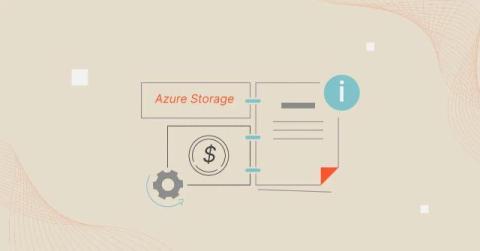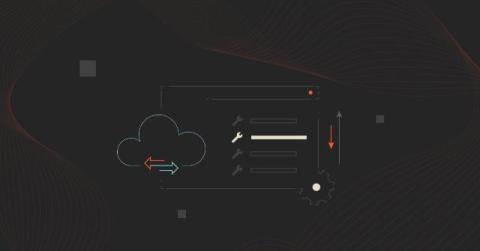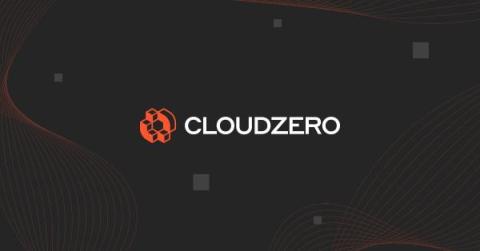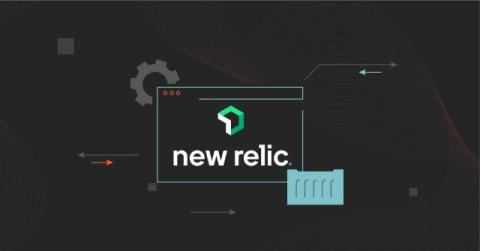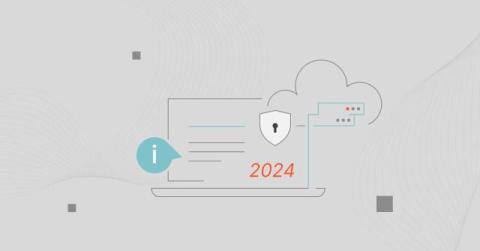What Is Cloud Orchestration? The 15 Best Tools In 2024
Automation is something you hear a lot about in cloud computing. When done well, it helps save time and eliminates human error. Automation can also help you innovate faster because it frees up your IT talent to focus on innovation – rather than repetitive tasks. But did you know cloud orchestration could be the real reason for those benefits — and not really cloud automation?



